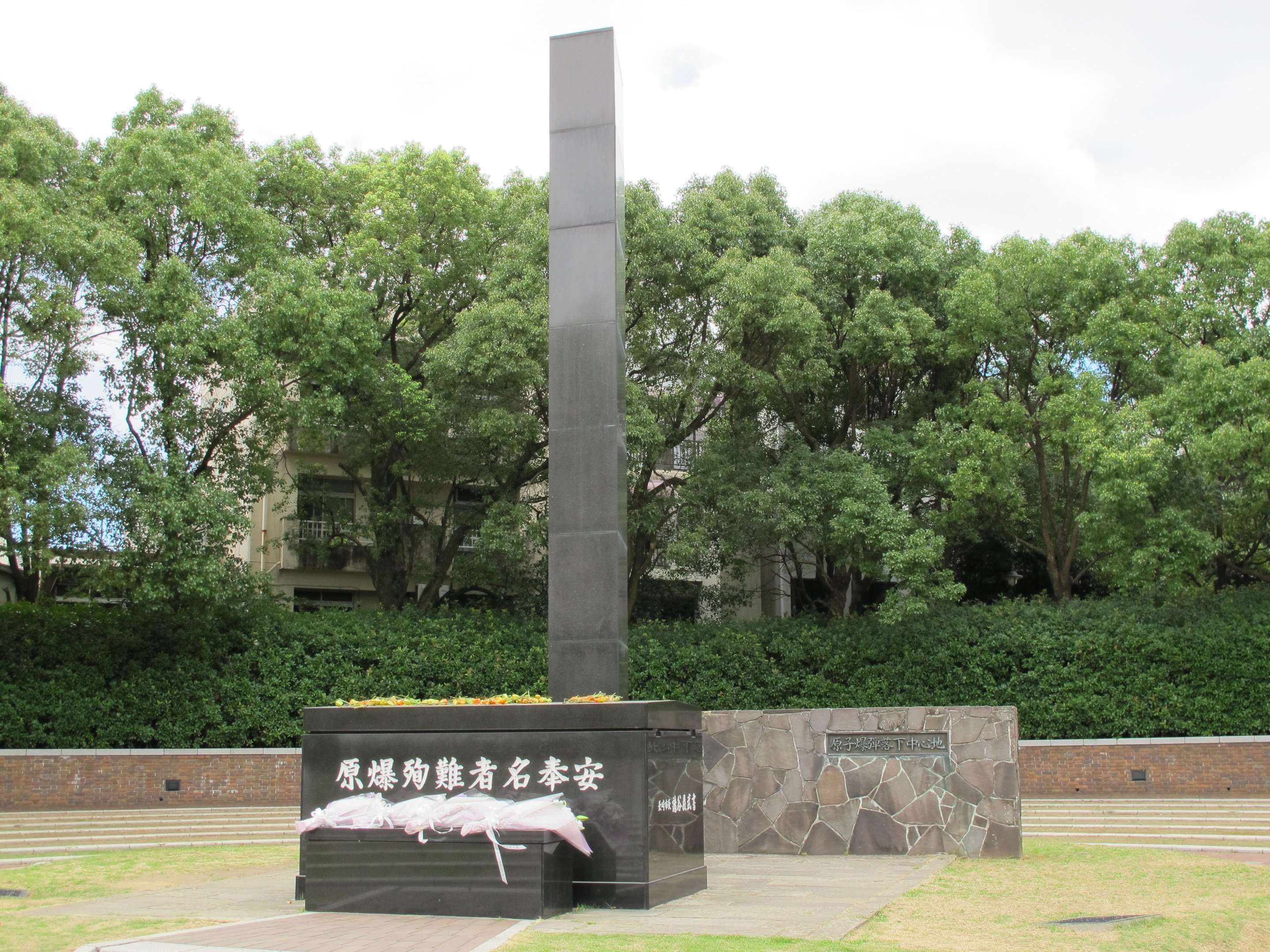Why Was Nagasaki Chosen as the Target of the Atomic Bomb
10/19/20251 min read




On August 9, 1945, an atomic bomb was dropped on Nagasaki, making it the second city in Japan to experience nuclear devastation after Hiroshima. However, Nagasaki was not the original target. The city became the tragic site of the second bombing due to a series of unexpected circumstances.
Originally, the primary target was Kokura, in northern Kyushu, with Nagasaki listed as the secondary option. On the morning of August 9, thick clouds and smoke from a previous air raid covered Kokura, making visual targeting impossible. Because the mission required visual confirmation before dropping the bomb, the crew diverted to their secondary target—Nagasaki.
Nagasaki had been chosen as an alternative because it was an important industrial and military port city. It was home to major facilities such as the Mitsubishi shipyard and arms factories, which supported Japan’s war efforts. In addition, Nagasaki’s geography—a basin surrounded by mountains—made it a location where the destructive effects of the bomb could be easily observed and recorded.
At 11:02 a.m., the atomic bomb “Fat Man” exploded about 500 meters above the city. The explosion instantly destroyed the Urakami area, killing approximately 70,000 people and reducing much of the city to ashes. Although Nagasaki was not the initial target, it became a powerful symbol of the human cost of war and the call for lasting peace.
After the war, Nagasaki rebuilt itself from the ruins and became a global city of peace. Today, the Nagasaki Peace Park and Atomic Bomb Museum stand as reminders of the tragedy, carrying a message of hope and a commitment that such devastation must never happen again. Walking through the city, visitors can feel both the sorrow of its past and the resilience of its people.
